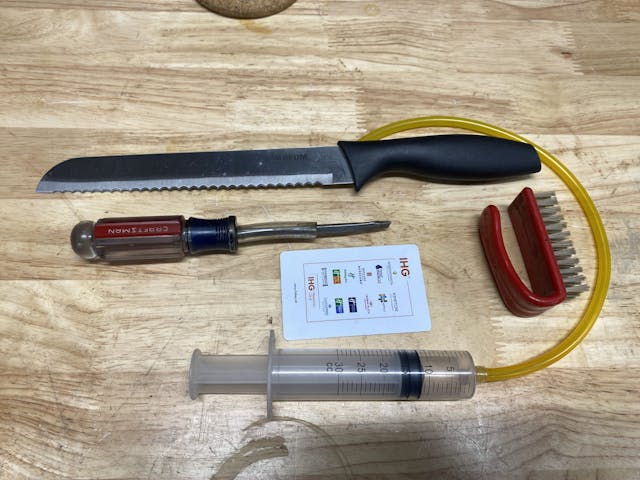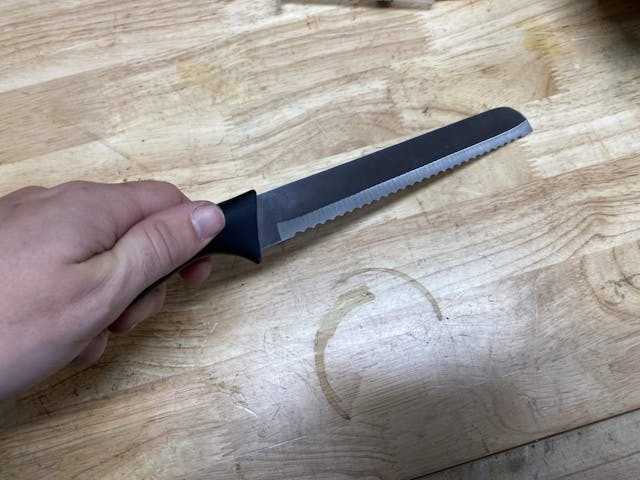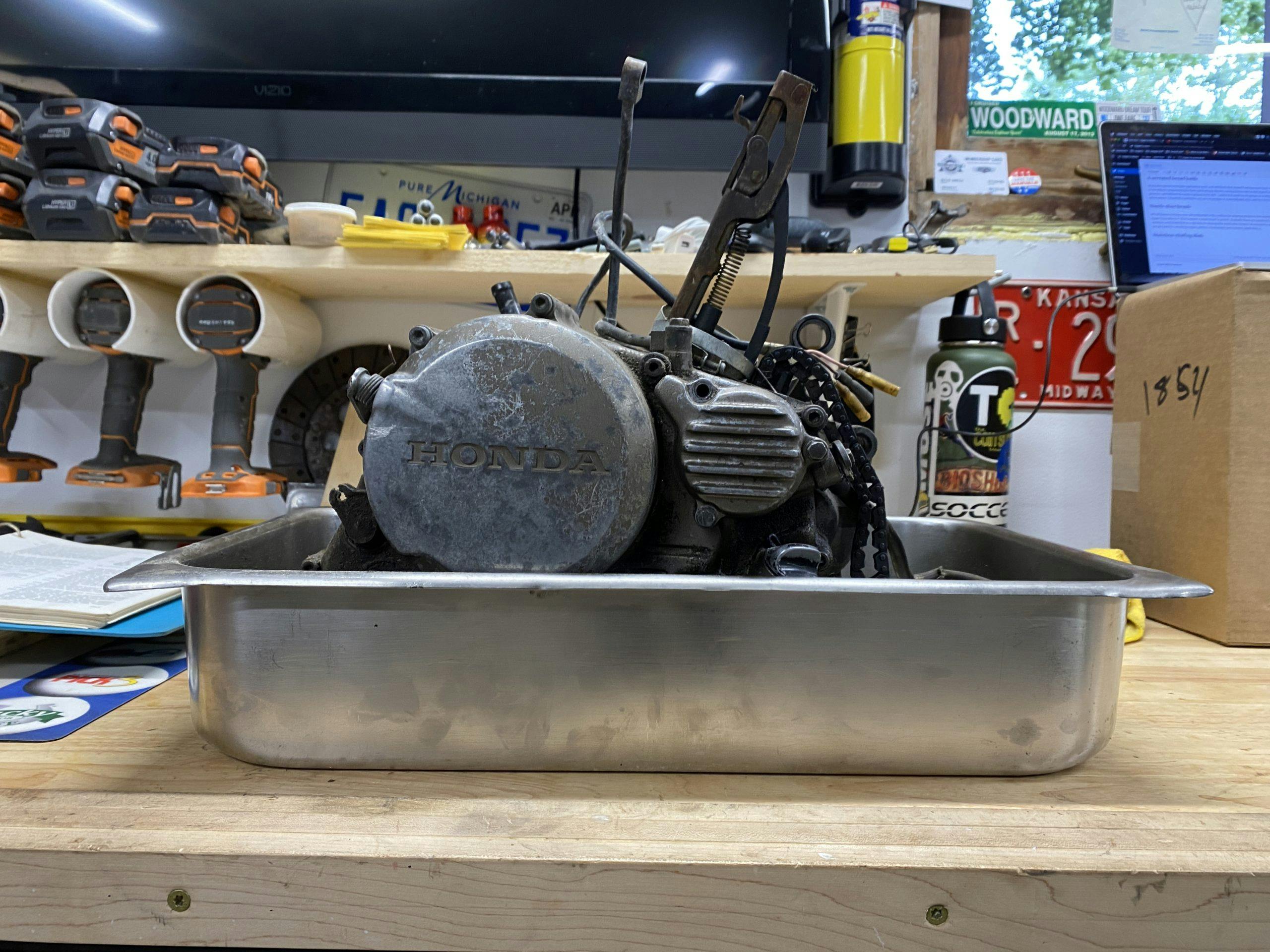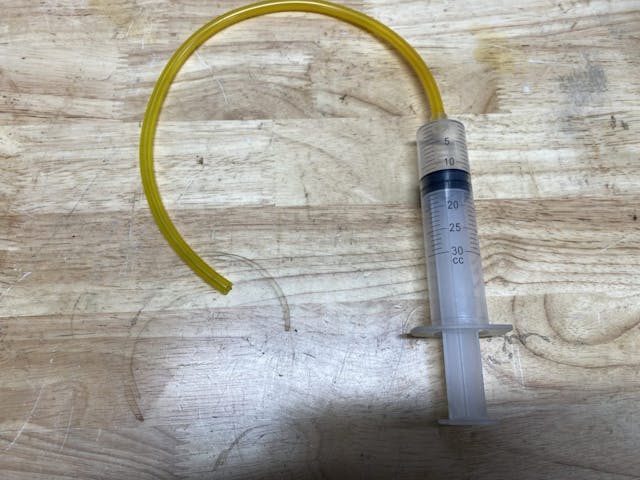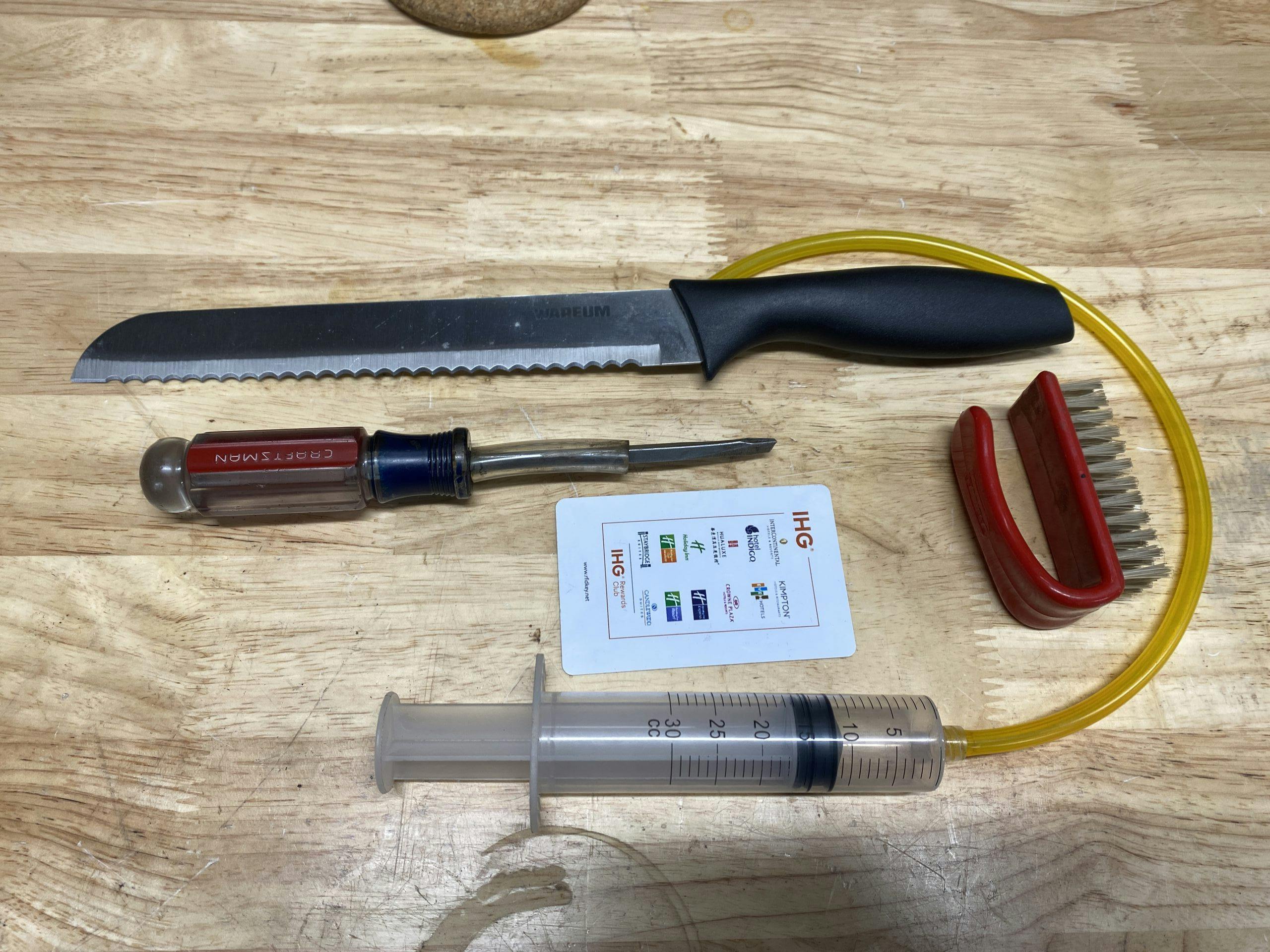Media | Articles
6 odd things you should keep in your toolbox
Tools exist to make our life easier, and there are many objects that most folks don’t consider proper tools that are incredibly handy. I recently pulled an old hotel key out of my toolbox while working on a project with a friend, who gave me a real “what’s that for?” look. Well, it was exactly the right tool for the job at hand.
Whether you’re stranded on the side of the road or wrenching in the comfort of your garage, using the wrong thing to do the right job is not as bad as it sounds. You should never compromise safety under the excuse of ingenuity—there’s no shortcut to a proper jack stand. However, in the right circumstances, a spontaneously repurposed “tool” can be the best way to get the job done. Here are six unlikely toolbox heroes that you might already own.
The broken screwdriver
We have all done it, though few admit to it. We’ve used a flathead screwdriver as a pry bar.
Here’s the thing: While the trick sometimes works, most of the time it simply leaves you with a broken screwdriver or mangled part. The broken tool isn’t too much of a pain, since most brands have warranties that cover even operator stupidity. Don’t return that screwdriver though. Instead, chuck it in a different drawer.

The concept here is simple. Even if you have a set of pry bars, they are likely too big for some situations and, at some point in the future, you will grab your new flathead screwdriver and break it again. The vicious cycle will repeat itself. Instead, take your broken screwdriver and make it the de facto small pry bar. This will help you keep your screwdrivers nice—which means less stripped fasteners—and gives you a compact pry bar you can modify to the task at hand. A little filing can change the broken screw driver’s profile based on your project’s needs, and if it breaks, who cares?
Marketplace
Buy and sell classics with confidence
The old hotel key
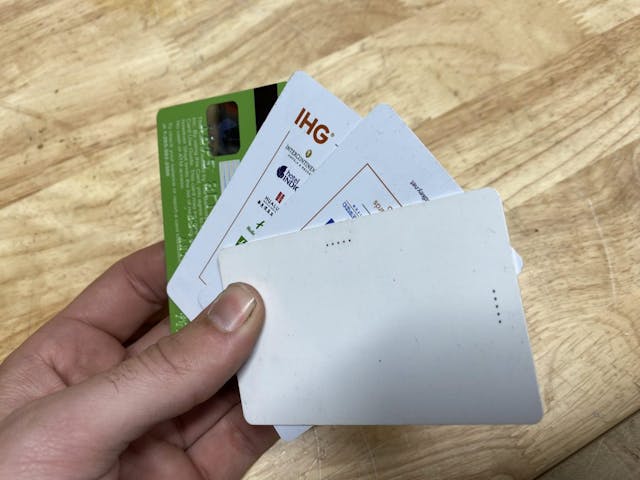
I have had my fair share of nights on the road for work, and one of the perks is taking the hotel keys home with me. They’re terrible keepsakes, but wonderful scrapers. These little plastic rectangles are also ideal as soft jaws—use them to clamp something in a vice without marring it—or as a protective shield when you need to hammer an object without leaving marks. They’re safe to scrape just about any gasket surface, too. If you are really creative, you can use a bit of sandpaper to produce a finer edge and remove junk even more quickly.
A serrated bread knife
If you do even basic upholstery work, you will likely find yourself cutting some foam. The only way to get decent edges is to cut without compressing the foam while slicing. Electric carving knives rule in this regard, but a standard bread knife works great too, and you don’t need to plug it into the wall. I always prefer fewer cords in my garage or workspace, even if the decision means a bit more elbow grease. I found this particular knife new in-package at a secondhand store for $1.
Suede shoe brush
We all know you keep your old toothbrush in the toolbox for cleaning purposes, but sometimes you need something just a bit bigger. That is where a suede brush comes in handy. Typically these are comprised of relatively soft nylon bristles, making them a real help for cleaning the nooks and crannies of automotive interiors, like the creases of seats. They are also good for scrubbing engine parts in a homemade parts cleaner made from a …
Stainless chafing dish
Some parts need to soak in cleaner to get truly clean. Other components need to be disassembled in a contained environment for fear of creating a miniature superfund site under your garage floor. A stainless chafing dish like the ones used by catering companies are perfect for these tasks. Pour in some solvent you have a tabletop parts washer. You can make a lid or drain it after each use. I use a few of these dishes to store parts of motorcycle engines so they marinate in their own leaking fluids instead of leaving puddles around my garage floor. Sometimes you get lucky and find these for sale at going-out-of-business auctions … or you can make your lame college roommate’s wedding worthwhile by snagging one on your way out the door. (Just kidding. Don’t do that.)
“Flavor injector” syringe
A few DIY projects feel more like surgery than wrenching, and being able to accurately place small amounts of liquid is invaluable. I use this syringe for measuring motorcycle fork oil amounts and for reverse-bleeding brakes. Rather than trying to push the air bubbles in a brake line down and out through the caliper or wheel cylinder, I use this syringe to push air-free fluid upwards, thus allowing the air bubbles to follow their natural direction. You can use the syringe to pull fluid from the master cylinder to keep it from overflowing but, just like standard brake bleeding, set the old fluid aside in an appropriate container to be recycled or disposed. Only push fresh fluid into the system, no matter which way you inject it.
Got something odd but incredibly useful in your toolbox? Tell us about it in the Hagerty Community below.
